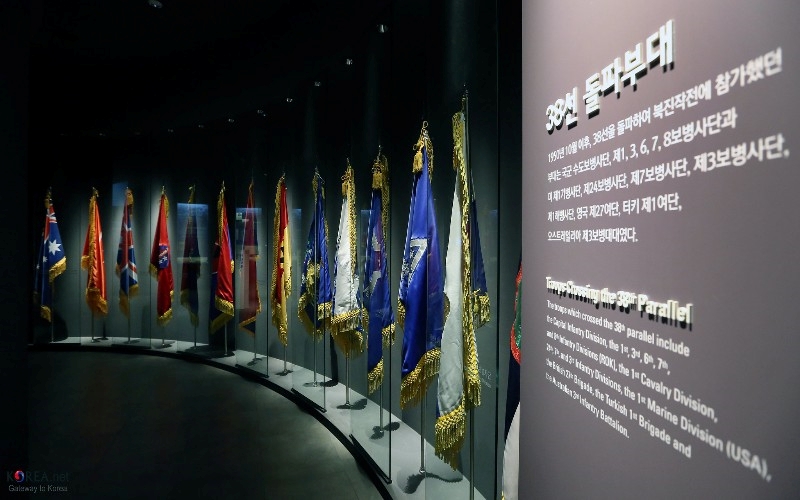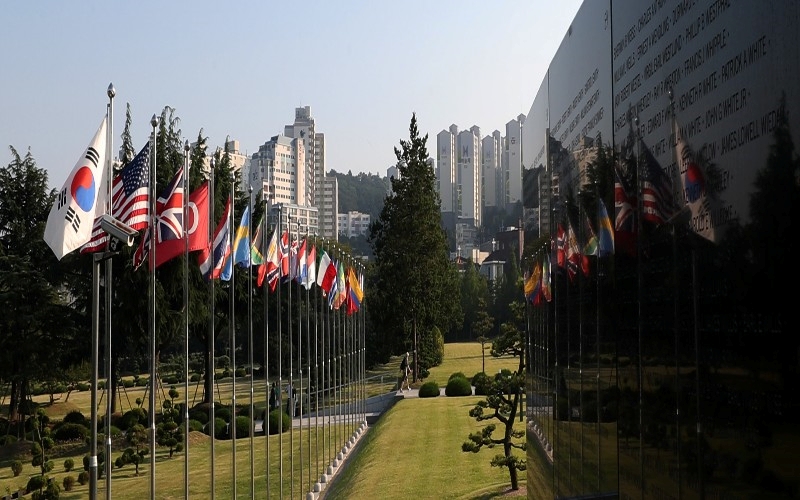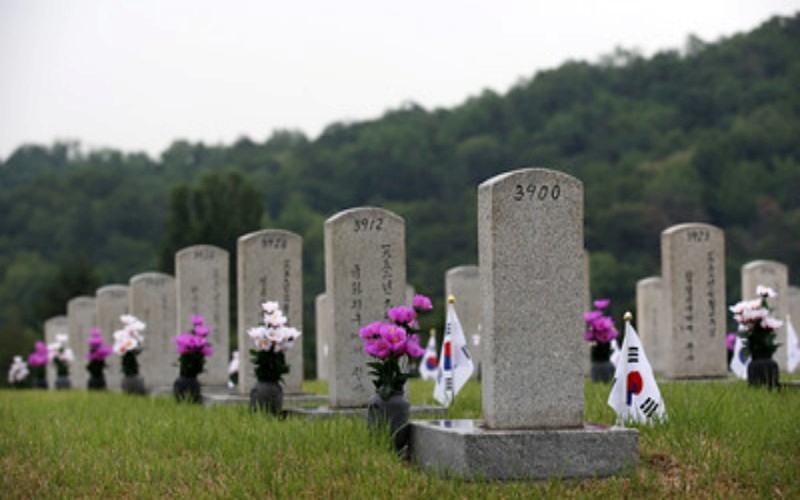- 한국어
- English
- 日本語
- 中文
- العربية
- Español
- Français
- Deutsch
- Pусский
- Tiếng Việt
- Indonesian
By Honorary Reporter Stephanie E. Effevottu from Nigeria
Photos = Korea.net Flickr
On June 25 every year, Koreans remember those who served and died during the 1950-53 Korean War.
As a historian specializing in war, I have a keen interest in this conflict due to its continuous impact on global politics and international relations and because of historical parallels with my country's civil war from 1967-70.
I'm also deeply impressed by how Korea has made remarkable progress over the past few decades to become one of the world’s leading economies. Examining this advancement has provided deeper insight into how post-conflict nations like Nigeria can overcome the effects of war and conflict, rebuild their economies and establish strong socio-political institutions.
For those interested in the war beyond what is in history books, the following are five places to visit.

War Memorial of Korea
War Memorial of Korea
Located in Seoul's Yongsan-gu District, this facility aims to prevent conflict by remembering lessons from the Korean War. The some 33,000 artifacts on display include 10,000 at its indoor and outdoor exhibition halls.
This memorial is a great place for history enthusiasts, especially those interested in Korea's wars. Its exhibitions show weapons and equipment from prehistoric to modern times and highlight notable military figures. Entry is free, with guides fluent in English, Chinese and Japanese.

United Nations Memorial Cemetery
United Nations Memorial Cemetery
This cemetery in Busan houses the remains of soldiers of the United Nations Command killed in the Korean War. Initially, the cemetery held around 11,000 graves of soldiers and veterans from 21 countries; another 2,300 were buried there after the repatriation of their remains. This is the world's lone U.N. cemetery and designated a cultural heritage by the government.

Seoul National Cemetery
Seoul National Cemetery
This facility is dedicated to Korean veterans including those who died during the pro-independence movement, Korean War and war in Vietnam. It also hosts every June 5 celebrations of Korea's Memorial Day, with exhibition halls and parks displaying artifacts related to these conflicts.
Imjingak Resort
Situated in Paju, Gyeonggi-do Province, just 7 km from the Military Demarcation Line, this place is of the most visited areas in the Demilitarized Zone. The park's purpose is to comfort Koreans separated from their hometowns, friends and families due to national division.
Imjingak displays war-related artifacts, statues and monuments related to the war. Freedom Bridge helps preserve the historic Imjingang Railway Bridge nearby, and the resort includes a memorial hall, monuments, park and recreational areas.
msjeon22@korea.kr
*This article is written by a Korea.net Honorary Reporter. Our group of Honorary Reporters are from all around the world, and they share with Korea.net their love and passion for all things Korean.